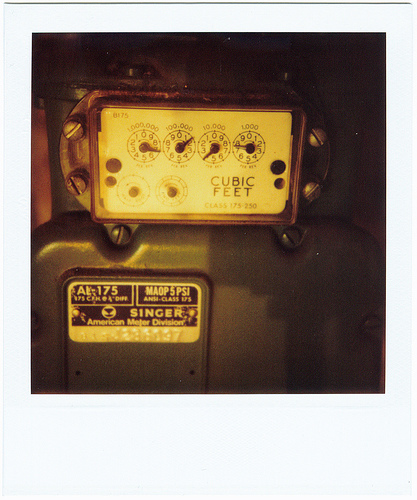You need to choose the right type of gas meter to install. Not all meters are suitable for all uses . . .
Gas meters can be ranked according to their use, gas flow measurement and also gas consumption payment procedures. You may be looking for the best gas meters to install in your industrial building or even residential rental apartments or simply for your new home.

No matter the use, it’s important to understand the different types of gas meters available so as to choose the best fit for your use. Outlined below are different gas meters available in the market today.
1. Bellows/ Diaphragm meters – These are the most commonly used gas meters used in most residential buildings and also small commercial buildings. Inside the meter there are diaphragms which contain internal valves for filling and expelling gas. There is also a rotary movement in the meters caused by levers which ensures the continuous flow of gas into and out of the meter. There is also an odometer which measures the gas flow as read by a flow computer.
2. Rotary Meters – These gas meters are specifically designed to read high volumes of gas flow which is the reason why they are mostly used in industrial buildings. The meters have pistons on the inside which use timing and alignment to release a specific quantity of gas in and out. With the odometer attached to the pistons, gas flow measurement can be measured easily.
3. Turbine meters – These meters determine the gas flow being consumed by determining the speed at which the gas is moving through the meter. This type of gas meter is mostly used to measure small volumes of gas.
4. Orifice meters – These gas meters are characterized by a large orifice (a pipe in a straight length) which purposely creates a pressure drop to affect the overall flow. The gas flow measurement is determined by the gas disturbance due to the orifice. Due to their specific designs they can only be used to measure very small volumes of gas flow. Also they can be used in industrial buildings since they don’t have a lot of installation options.
5. Ultrasonic flow meters – The principle behind the functioning of ultrasonic flow meters is that the gas flow is measured by the movement of bubbles/particles in the gas.
6. Coriolis meters – The gas measurement process with Coriolis meters is determined by the vibration produced by the gas as it flows in and out.
NB: Gas meters can also be measured using gas consumption payment procedures which reveal the following;
1. Credit meters (Post paid meters) – This type of gas meter records the amount of gas consumed in units. Consumers using this meter receiving gas bills either monthly or every 3 months.
2. Prepayment meters – Consumers using this type of meter pay for the gas before it has been consumed with tokens.
In conclusion, understanding your gas meter type goes a long way into understanding how to perform your own gas meter reading. With such knowledge you can avoid being conned by Gas companies which estimate your gas bill depending on the last month’s reading.
Image courtesy of williac
Attached Images:
- License: Creative Commons image source
Phil Turner lives in the country in Ireland, so has no gas meter at all and never will have gas connected to his home.

